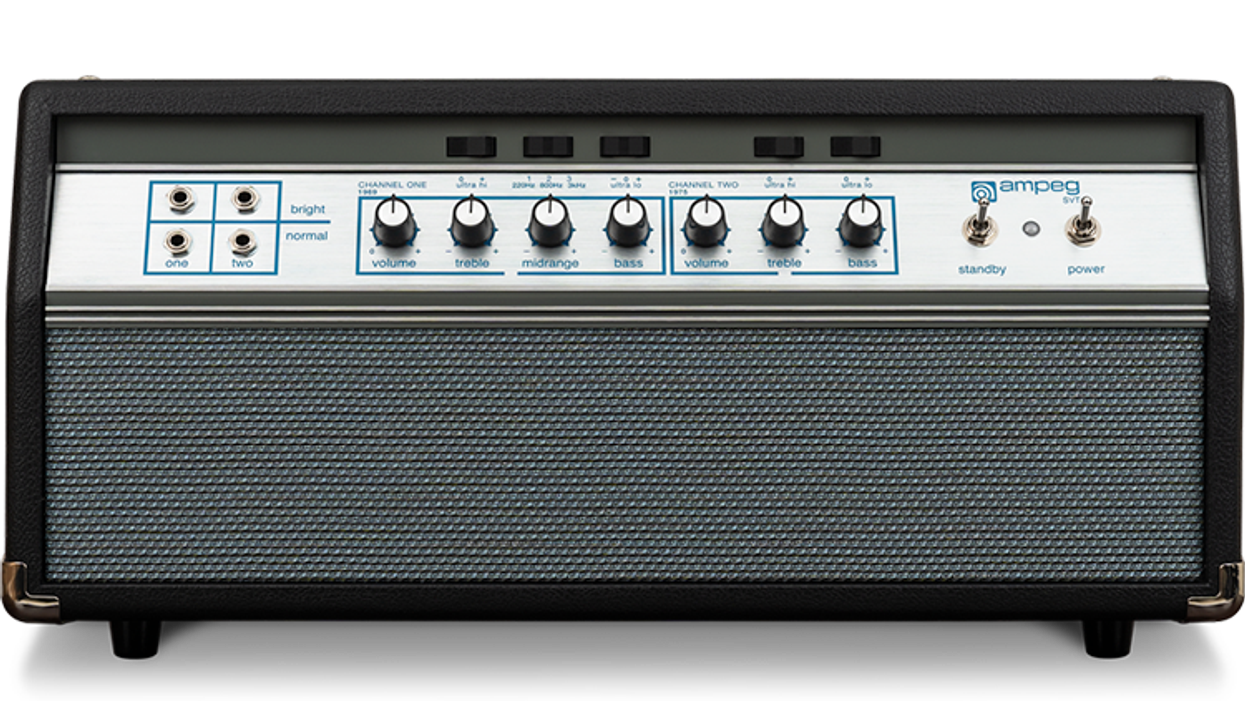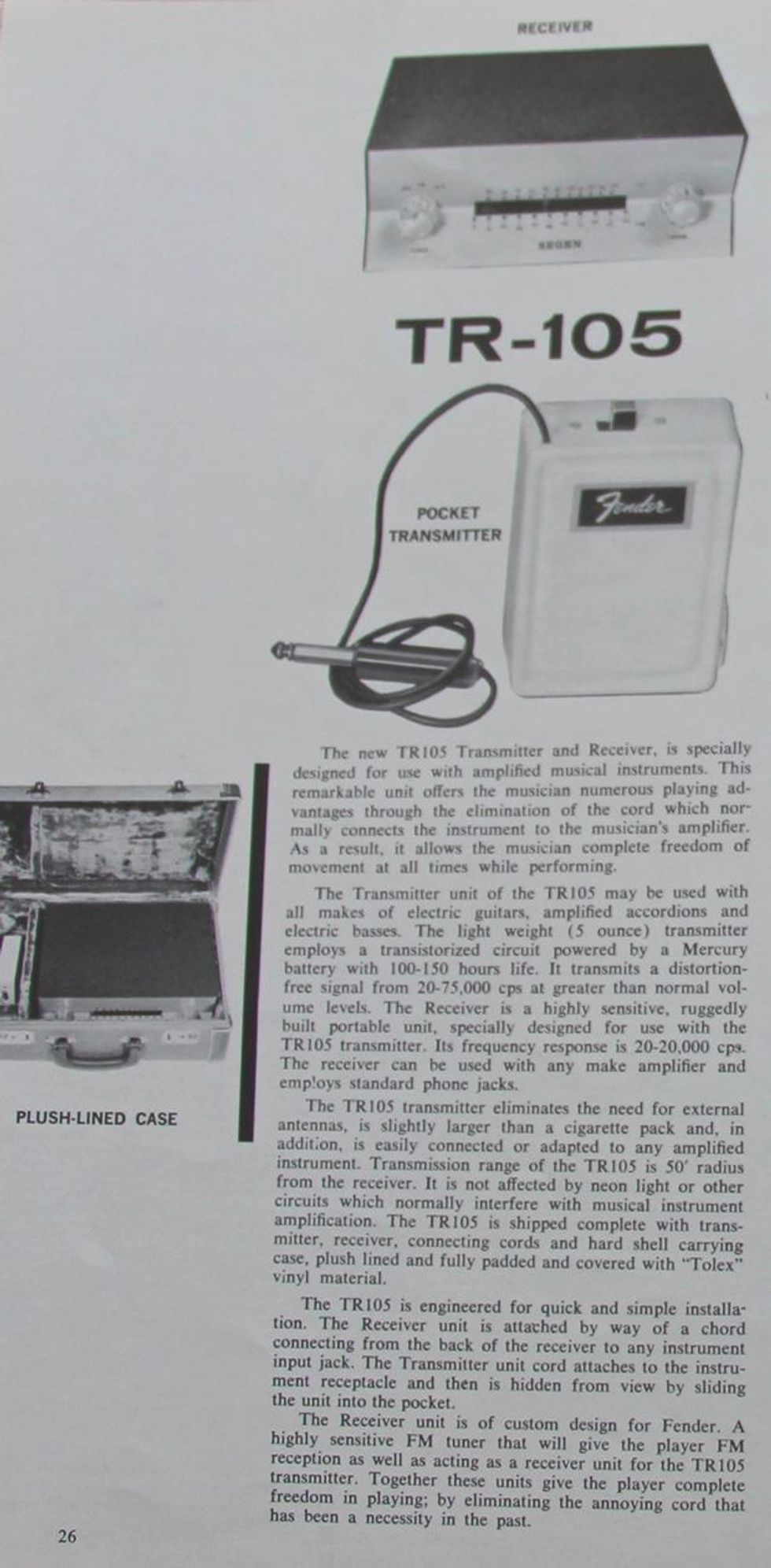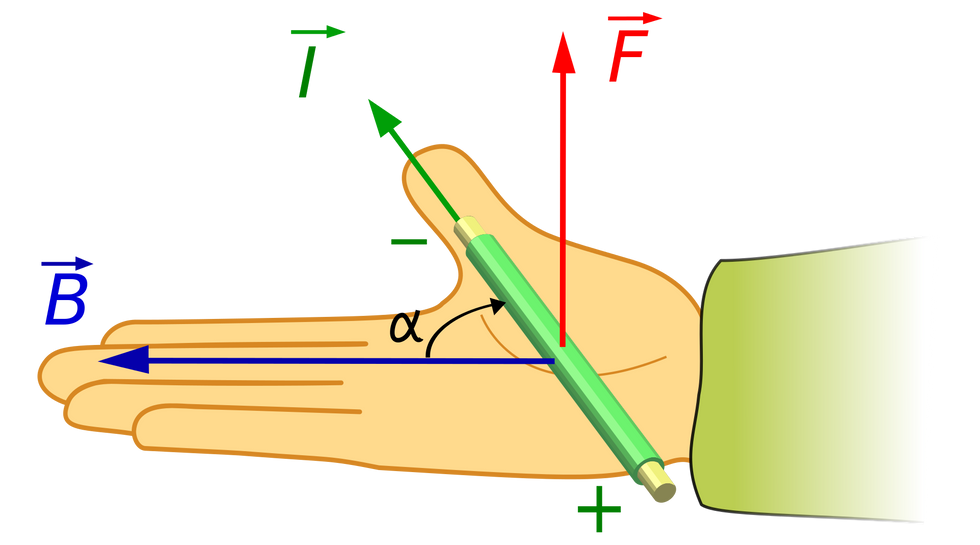Music conveys many emotions, which is one reason we love it, but this passion can also generate an imprecise use of language. That’s no big deal, as long as we simply listen to music. However, once we hop on the music-making train, we need a degree of precision in our communications to be successful. And this is true whether you’re a musician or an instrument builder. We’ve already explored the importance of understanding and correctly using technical terms in “The Perils of Tech-Speak.” This time around, let’s consider how language is used in marketing. After all, as consumers it behooves us to pay close attention to what’s being said.
I love to read press releases and advertising. In fact, I even collect this material. Yes, we all love new gear, but I typically focus on who wants to sell me something and the seller’s technical background. I’m also interested in how sellers value their customers’ knowledge.
As someone who’s curious about technology, I enjoy fact-checking what I read. Here’s an example: A bridge manufacturer introduced a new feature in one of his bridges. It’s a very simple design—which isn’t necessarily bad. Essentially, he changed the string slots from U-shaped to V-shaped, and then touted the improvements: Reduction of buzzing, tuning stability, proper string tension, quicker response, and bigger, clearer sound. Impressive, right? And the best part is that anyone can try this at home and reap the benefits within minutes. Just use a triangular or tilted standard file to modify the slot and tune up again. (Please, don’t do it!)
If the idea was to raise the string pressure at the point of bridge contact, then the definition of pressure as force per area tells you all you need to know. (Hint: For a known downward pressure at a contact point, the force goes up for a smaller area and vice versa, but the pressure stays constant.) Higher force on a smaller area doesn’t make it more slippery to support the claim of tuning stability, and really, how could that affect string tension? Of course, with the growing number of manufacturers in our business, it’s hard to stand out, but I leave it to you to decide whether the creator of this ad is benighted or simply trying to fool his customers.
Let’s stay with bridges for a moment. Although Tune-o-matic bridges are more prevalent on guitars than basses, there is an issue with the classic design, regardless of instrument. Remove the strings, turn the body over, and the bridge falls off. You can avoid this by adding a simple locking screw at each stud, but one manufacturer claims this negatively affects tone, i.e., keeping the bridge loose lets it “breathe.” Well, breathing is a wonderful and natural thing for all of us, and to deny this to your bridge sounds cruel, but, in fact, here we have an esoteric implication based on an intentional misuse of an essentially positive word.
We bassists rarely have whammies on our instruments, but if we do, we can run into the main problem with them—tuning stability. In that context, let’s evaluate another statement: “When a player uses the vibrato a lot, the movement of the strings causes friction, and the resulting heat makes the guitar go out of tune.” We could debate what constitutes “a lot,” but if using your whammy heats up the strings enough to go out of tune, you’re definitely not making music and tuning stability is the least of your worries. However the whammy is designed, friction will never drop to zero, and this always causes any whammy to shift slightly off its initial dormancy.
Please don’t get me wrong. My intention isn’t to single out certain manufacturers, but rather make the point that we need to pay attention to what we’re being told. Or sold. And to also propose that manufacturers and marketing departments take us seriously as halfway-informed customers. But ... I have to admit that debunking some of the misinformation we encounter as musicians can be kind of fun.





















